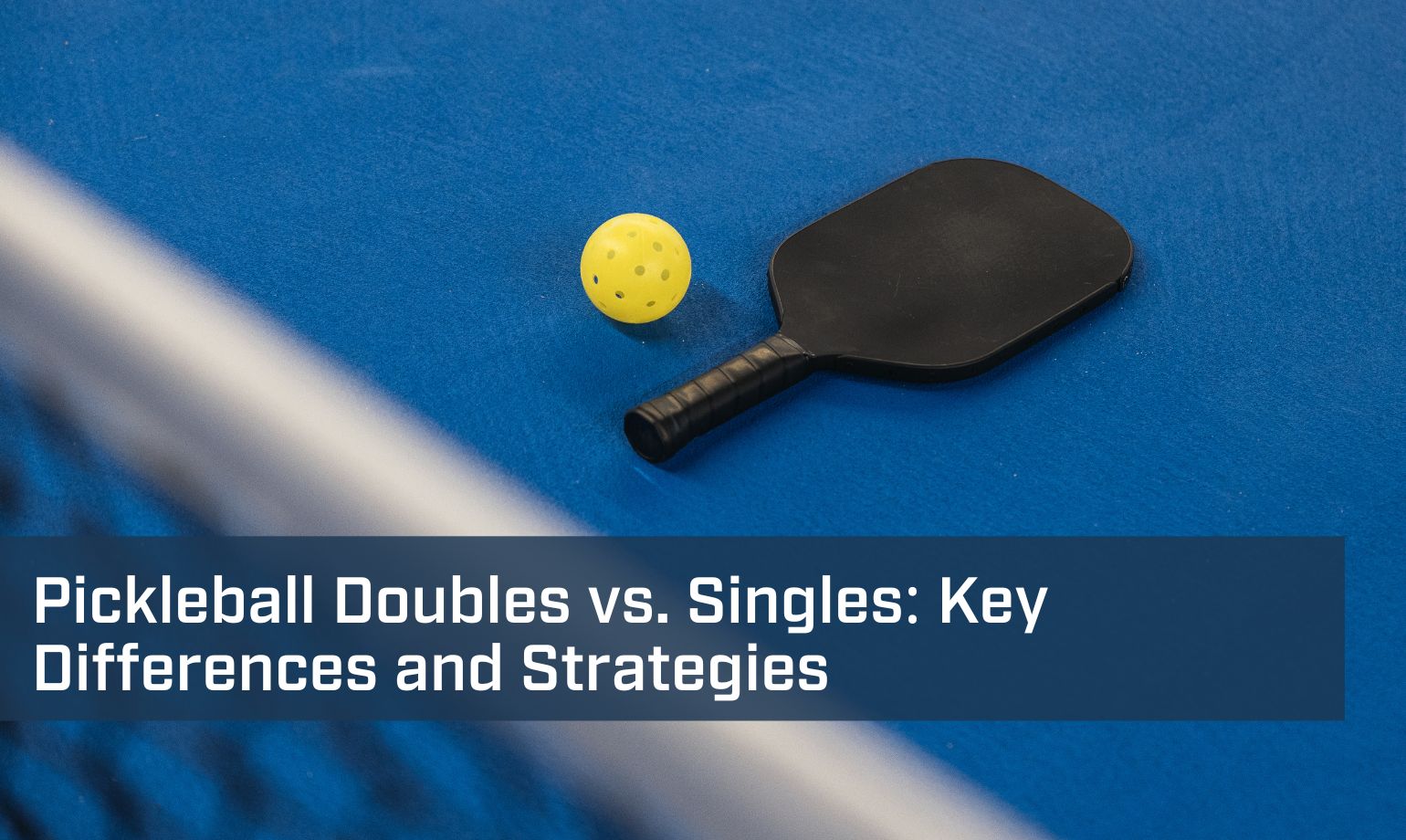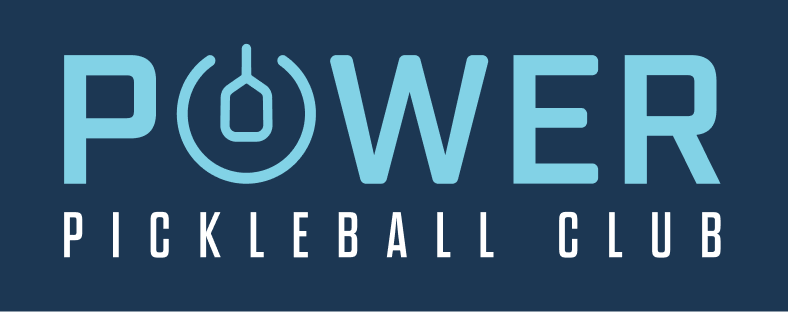
Pickleball Doubles vs Singles: Key Differences and Strategies
Many novice pickleballers are introduced to the sport by a friend in need of a partner for doubles play. But what happens when you show up to the club one night to find your team roster has suddenly shrunk to one?
If you’ve ever found yourself wondering whether you should take your pickleball skills to the singles court or stick with doubles, you’re not alone. While both versions of the game share the same core rules, they feel like entirely different sports when you’re out there battling it out. One is a fast-paced chess match of teamwork and finesse, while the other is a gritty test of endurance and shot-making. At Power Pickleball Club, we’ll break it down for you so you can choose (or master) both styles.
Court Coverage: The Big Divide
In doubles, you’ve got a partner to share the load, which means less running and more strategic positioning. Singles, on the other hand, will test every muscle fiber in your legs. With no one to back you up, you’re responsible for covering the entire court. If your cardio isn’t up to snuff, singles will let you know real quick.
The non-volley zone (AKA the kitchen) plays a different role in each format. In doubles, dinking—a soft, controlled shot that lands just over the net—is king. The goal is often to outmaneuver opponents rather than overpower them. Singles players, however, rely more on hard drives and passing shots to keep their opponent on the move. Since there’s no partner to help defend, a well-placed shot to the sideline can be a winner.
Strategy: Power vs. Precision
Doubles pickleball is all about patience and teamwork. Instead of trying to hit outright winners, successful teams work together to set up shots, control the pace, and force errors. Communication is everything. Great doubles players anticipate their partner’s moves, call shots, and move in sync like a well-choreographed dance routine. If you and your partner aren’t talking, you might find yourselves both reaching for the same ball—or worse, watching it drop to the floor between you.
In singles, the strategy shifts. You don’t have a partner to rely on, so you must master shot placement and court positioning at the same time. Instead of long dink rallies, expect fast-paced, deep groundstrokes and aggressive play. The best singles players move like sprinters, using sharp angles and well-placed serves to keep their opponents scrambling. If you can consistently hit deep serves and third-shot drives, you’ll be tough to beat.
Stamina and Physical Demand
If pickleball doubles is a strategic game of chess, singles is an all-out track meet. The difference in movement is staggering. In doubles, most of the action happens at the net, and while quick reflexes are crucial, you’re not covering as much ground. Singles, on the other hand, demands constant lateral movement, quick pivots, and the endurance to keep firing off shots without a break.
So, if you’re looking to break a sweat, singles will get your heart pumping. But if you’re more about finesse, teamwork, and quick hands at the net, doubles might be more your speed.
The Social Factor
One of the best things about pickleball is the social aspect, and doubles takes full advantage of that. Playing with a partner means more camaraderie, teamwork, and post-game high-fives. It’s also a great way to build chemistry with different partners and develop a deeper understanding of strategy.
Singles, while rewarding, can be a more solitary experience. That’s not to say it isn’t fun, though. There’s a certain satisfaction in winning a one-on-one battle. It just doesn’t offer the same social energy as doubles. If you’re looking for community, doubles might be your jam. If you thrive on individual competition, singles will be right up your alley.
Which One is Right for You?
There’s no wrong answer here, just different styles of play. If you enjoy fast hands at the net, tight teamwork, and strategic point construction, doubles is your game. If you like the challenge of one-on-one battles, enjoy running down shots, and want to test your endurance, singles will push you to your limits.
